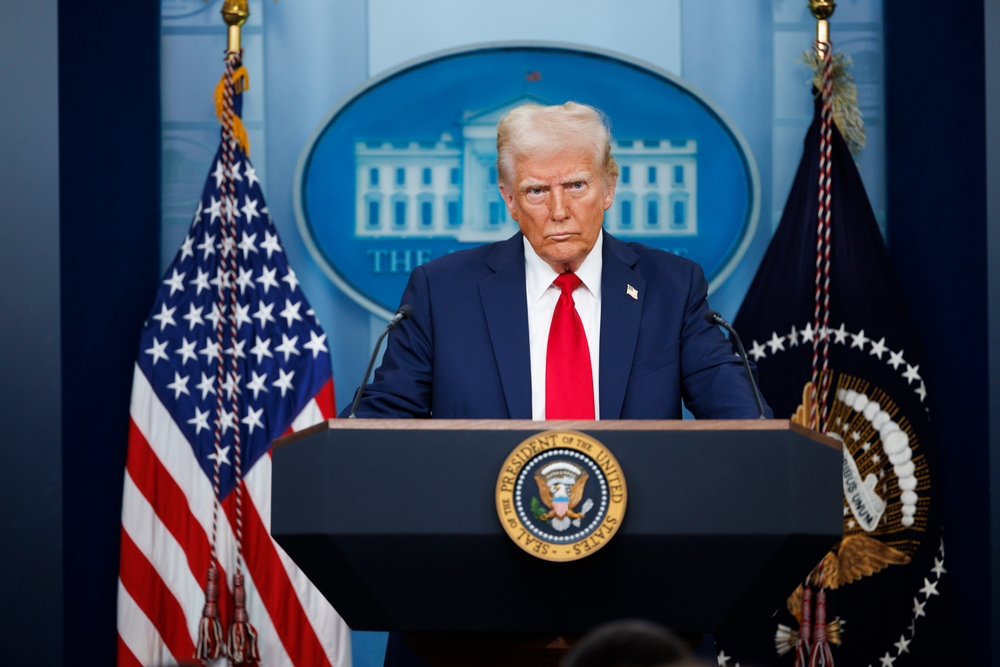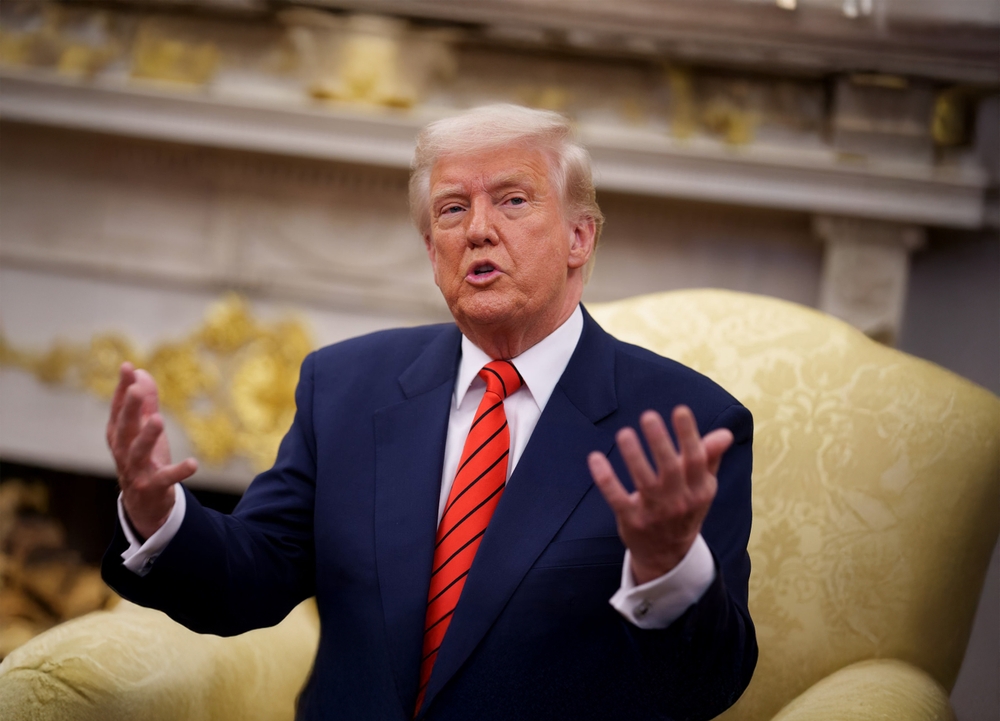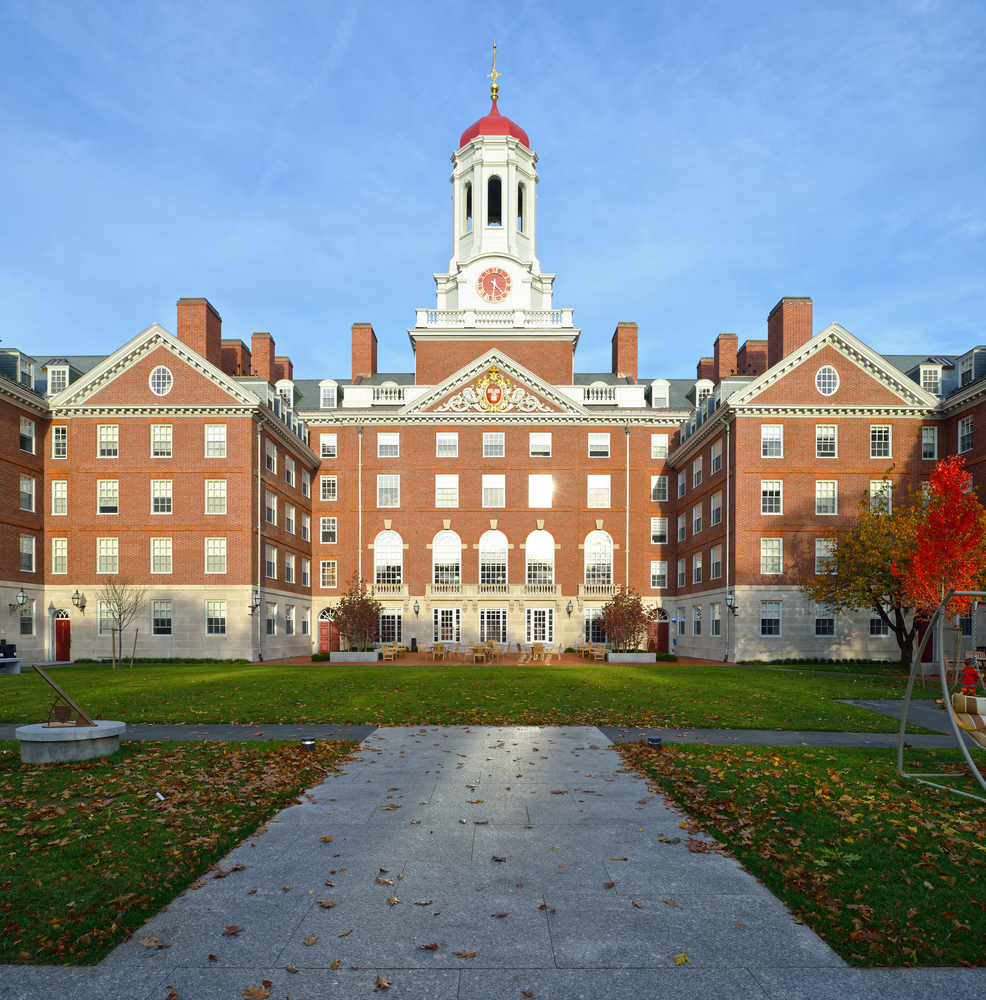Your cart is currently empty!
Trump administration unlawfully cut s, US judge rules

The clash between Harvard Universityand the Trump administration has evolved into one of the most closely watched battles over the future of higher education in the United States. At stake was not only the flow of billions in research dollars but also the principle of whether a presidential administration can use financial leverage to reshape the nation’s leading academic institutions. The dispute, which began with allegations that Harvard had failed to adequately address antisemitism on its campus, escalated into a sweeping confrontation over free speech, academic independence, and the limits of executive power.
For months, the fight placed Harvard in the political crosshairs. The administration’s decision to freeze $2.2 billion in federal research funding struck at the heart of the university’s scientific and medical programs, threatening projects with national significance and jeopardizing the careers of hundreds of researchers. Harvard’s refusal to yield to demands for structural and ideological concessions transformed what began as a civil rights dispute into a test case for how universities navigate political pressure in an increasingly polarized climate.

A Landmark Legal Victory for Harvard
A federal judge has handed Harvard University a decisive victory in its high-profile legal battle with the Trump administration, ruling that the White House unlawfully terminated $2.2 billion in federal research grants. The funding freeze, imposed in 2020, had jeopardized more than 900 projects, including groundbreaking studies on Alzheimer’s, cancer, heart disease, Lou Gehrig’s disease, autism, and suicide prevention among veterans. These grants were not only central to Harvard’s research output but also had wide-ranging national implications for public health and scientific advancement. The ruling restores that funding and delivers a forceful rebuke to the administration’s attempt to tie financial support to political and ideological demands.
US District Judge Allison D. Burroughs, who presided over the case in Boston, determined that the administration’s actions violated federal law by sidestepping the proper process under Title VI of the Civil Rights Act. Title VI prohibits discrimination in federally funded programs, but instead of conducting a legally required investigation into whether Harvard had indeed failed to address antisemitism, the administration immediately cut funding. Burroughs wrote that it was “difficult to conclude anything other than that [the administration] used antisemitism as a smokescreen for a targeted, ideologically-motivated assault on this country’s premier universities.” By grounding her ruling in both the letter of the law and the broader principles of fairness, Burroughs made clear that even the executive branch cannot weaponize federal dollars to punish institutions for ideological reasons.
In her opinion, Burroughs acknowledged that Harvard has faced legitimate challenges with antisemitism on its campus and noted the university could and should have done more to confront the problem. Yet she emphasized that the administration’s sweeping cuts bore little connection to the allegations. Research labs that had nothing to do with antisemitic incidents, including those led by Jewish scientists or focused on diseases disproportionately affecting Jewish populations, were stripped of resources overnight. This, she warned, not only harmed the progress of vital research but also risked undermining the very communities the administration claimed to protect. The court’s ruling thus underscored the dangers of using political grievances as a pretext to disrupt the nation’s scientific infrastructure.
For Harvard, the decision represents more than a financial victory—it is also a symbolic stand for the autonomy of academic institutions. The university had argued that the funding freeze was a retaliatory measure, an attempt to force it to reshape its governance, hiring, and curriculum to align with the administration’s ideological priorities. With the court’s ruling, that line of argument gained credibility. Harvard history professor Kirsten Weld, who also serves as president of the university’s chapter of the American Association of University Professors, called the ruling “a big, decisive victory for academic freedom.” She added that it should serve as a signal to other institutions that “you cannot break universities in this fashion and that it is worth standing up and fighting back.” The decision, while not the final word given the administration’s vow to appeal, sets a powerful precedent for resisting political overreach into higher education.

The Political Backdrop of the Funding Freeze
The legal battle between Harvard and the Trump administration did not occur in a vacuum. From the earliest days of Trump’s presidency, elite universities were a frequent target of political attacks, portrayed as bastions of “radical left” ideology and accused of fostering environments hostile to conservative voices. Harvard, the nation’s oldest and wealthiest university, often stood at the center of this storm. By freezing more than $2 billion in research funding, the administration sought to assert control over an institution it regarded not only as ideologically oppositional but also as a symbol of the academic establishment’s resistance to political influence. The case quickly became a litmus test for how far the federal government could go in using financial leverage to reshape higher education.
The administration framed its move against Harvard as a response to campus antisemitism, claiming the university had violated Title VI of the Civil Rights Act by failing to adequately protect Jewish students from harassment and discrimination. This narrative resonated with ongoing national debates, as antisemitism has indeed become a serious concern across many American universities, particularly amid heightened tensions over the Israeli-Palestinian conflict. Yet critics argued that the administration’s approach weaponized a legitimate issue for political gain, conflating the urgent task of confronting antisemitism with an ideological campaign to weaken universities that resisted White House pressure. Judge Burroughs’ ruling gave legal weight to this critique, underscoring that accusations of discrimination cannot serve as a shortcut for bypassing established legal processes.
Harvard’s refusal to bow to demands for structural change deepened the standoff. Administration officials had pushed the university to overhaul its governance, hiring practices, and academic programs in ways that would align with their political agenda. When Harvard resisted, the funding freeze escalated into a direct confrontation. For many observers, the dispute became emblematic of a broader struggle over academic freedom, with universities on one side defending their independence and the federal government on the other asserting its power through financial coercion. The ruling by Judge Burroughs suggests that this balance of power has limits and that federal authority, however expansive, cannot override the rule of law in pursuit of political objectives.

The Research at Stake
At the heart of this legal conflict was not only a philosophical clash but also the future of critical scientific research. The $2.2 billion in grants that had been frozen supported more than 900 projects across Harvard and its affiliated hospitals and laboratories. These included studies into some of the most pressing health challenges of our time: treatments for Alzheimer’s disease, investigations into various forms of cancer, research on autism and heart disease, and efforts to improve emergency medical care for veterans at risk of suicide. Such projects often rely on continuous funding to maintain momentum, making the sudden termination of grants a severe threat to both scientific progress and public well-being.
Judge Burroughs drew attention to this reality in her ruling, noting that the funding freeze had indiscriminate consequences that undermined the very mission of federal research support. Laboratories that had no connection whatsoever to antisemitism allegations were forced to suspend or scale back work. Some were even led by Jewish scientists or engaged in research on conditions such as Tay-Sachs disease, which disproportionately affects Jewish populations. By cutting off support across the board, the administration not only risked derailing groundbreaking science but also harmed the communities it claimed to be defending. Burroughs’ opinion highlighted this contradiction as evidence of the administration’s misuse of its authority.
For the researchers themselves, the uncertainty was destabilizing. Multi-year studies depend on stable funding cycles, and the disruption threatened the careers of young scientists and the continuity of long-term experiments. Harvard argued that the freeze jeopardized not just its institutional reputation but also the national interest, since many of these projects were tied to collaborations with the Department of Veterans Affairs and the National Institutes of Health. The ruling in Harvard’s favor has now reassured the scientific community that vital research cannot be turned into collateral damage in political disputes, reaffirming the broader principle that science should remain insulated from partisan agendas.

Antisemitism and the Question of Accountability
The issue of antisemitism, however, cannot be dismissed as merely a political tool. Judge Burroughs acknowledged in her ruling that Harvard, like many universities, has indeed faced serious challenges in addressing antisemitic incidents on campus. She emphasized that antisemitism is intolerable and that Harvard “could and should have done a better job of dealing with the issue.” Student groups and faculty members have voiced similar concerns in recent years, arguing that the university has sometimes been slow to respond to incidents of harassment or hostile campus climates. These criticisms underline that while Harvard may have prevailed legally, the underlying concerns that triggered the controversy remain unresolved.
The Trump administration seized upon these failures as justification for its intervention, but its approach—sweeping and punitive rather than investigative and corrective—undermined its stated goals. By framing antisemitism as grounds for cutting research funding rather than improving campus protections, the administration conflated two separate issues: civil rights enforcement and academic governance. Legal experts have pointed out that Title VI provides a clear pathway for investigating discrimination, one that was bypassed entirely when the administration imposed the funding freeze. The court’s decision reaffirmed that even urgent social problems must be addressed through lawful processes, not through unilateral executive action.
This episode also raises larger questions about how universities can balance their commitments to free expression, academic inquiry, and student safety in an era of heightened polarization. Debates about antisemitism on campuses often intersect with equally contentious debates about free speech, particularly around Israel and Palestine. Harvard’s case illustrates the difficulty of navigating these overlapping concerns. While the court’s ruling restored research funding, it also left unresolved the ongoing challenge of how universities can create environments that are both intellectually open and genuinely safe for vulnerable communities.

The Broader Stakes for Higher Education
The outcome of this case carries implications far beyond Harvard’s gates. By striking down the administration’s funding freeze, Judge Burroughs reinforced the principle that universities must remain free from political coercion, especially when it comes to scientific research. This is not merely a matter of academic independence—it is a question of national interest. Universities serve as engines of innovation and discovery, and their ability to operate without interference is vital to addressing public health crises, advancing technology, and training future generations of leaders. Allowing political agendas to dictate which projects are funded would set a precedent that could undermine the integrity of the entire research enterprise.
The ruling also signals to other institutions that resisting unlawful political pressure is possible. Harvard had stood largely alone in challenging the administration, even as other universities, including Columbia and Brown, faced similar attempts to extract ideological and financial concessions. By refusing to capitulate and ultimately winning in court, Harvard demonstrated that legal recourse can protect academic autonomy. Faculty voices like that of Professor Kirsten Weld, who described the decision as “a decisive victory for academic freedom,” emphasize that this case should serve as a rallying point for higher education institutions to defend their independence collectively.
Still, the conflict is not over. The White House has already pledged to appeal, signaling that the political battle over universities is far from settled. Regardless of the outcome, this confrontation has laid bare the vulnerability of higher education to political interference. It has also spotlighted the importance of universities being proactive in addressing legitimate issues like antisemitism, ensuring that these concerns cannot be exploited as a pretext for undermining their autonomy. The larger lesson is clear: safeguarding academic freedom requires both legal protections and institutional accountability. Universities must continue to defend themselves in court when necessary, but they must also do the work internally to address the real problems that make them susceptible to external attacks.
